Description
One of the field’s most respected introductory texts, Modern Physics provides a deep exploration of fundamental theory and experimentation. Appropriate for second-year undergraduate science and engineering students, this esteemed text presents a comprehensive introduction to the concepts and methods that form the basis of modern physics, including examinations of relativity, quantum physics, statistical physics, nuclear physics, high energy physics, astrophysics, and cosmology.
A balanced pedagogical approach examines major concepts first from a historical perspective, then through a modern lens using relevant experimental evidence and discussion of recent developments in the field. The emphasis on the interrelationship of principles and methods provides continuity, creating an accessible “storyline” for students to follow. Extensive pedagogical tools aid in comprehension, encouraging students to think critically and strengthen their ability to apply conceptual knowledge to practical applications. Numerous exercises and worked examples reinforce fundamental principles.
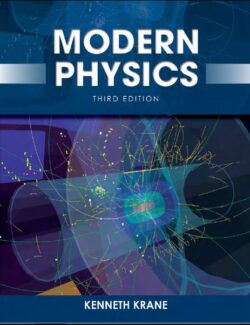
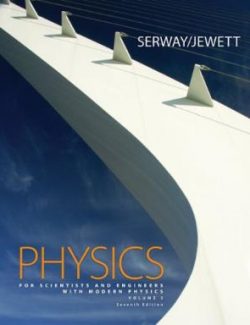
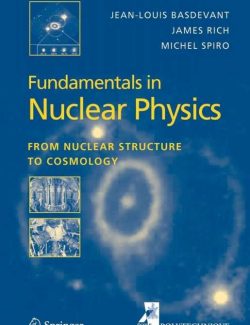
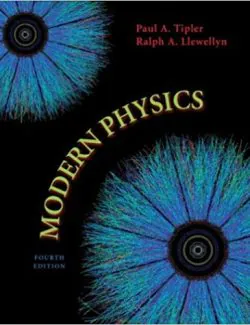
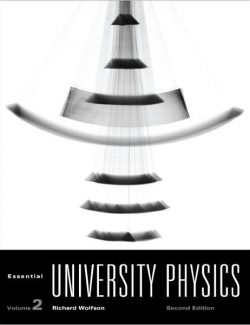
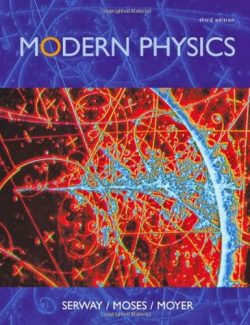
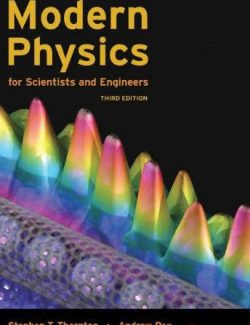
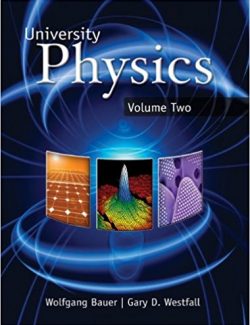
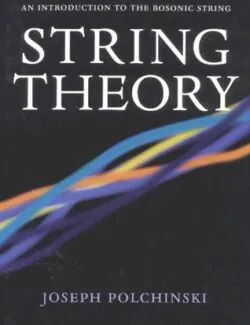
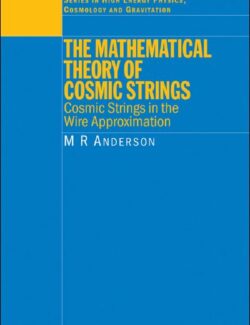
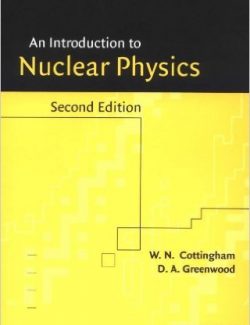
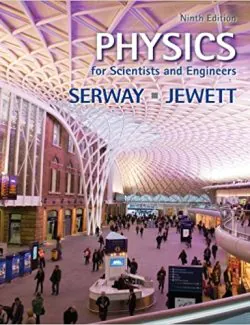
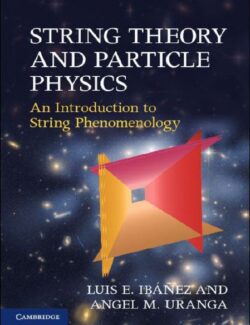
Leave us a comment
No Comments